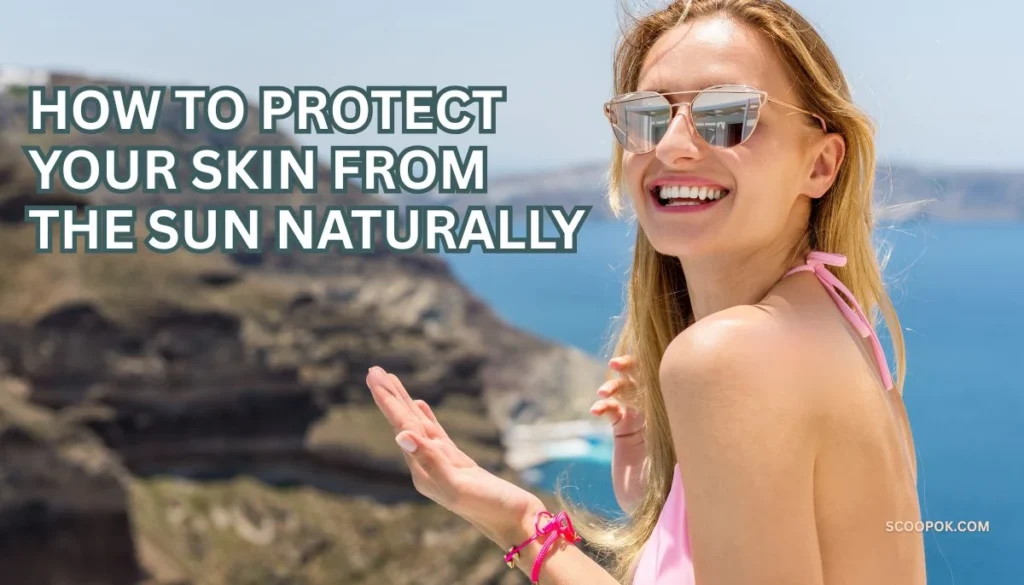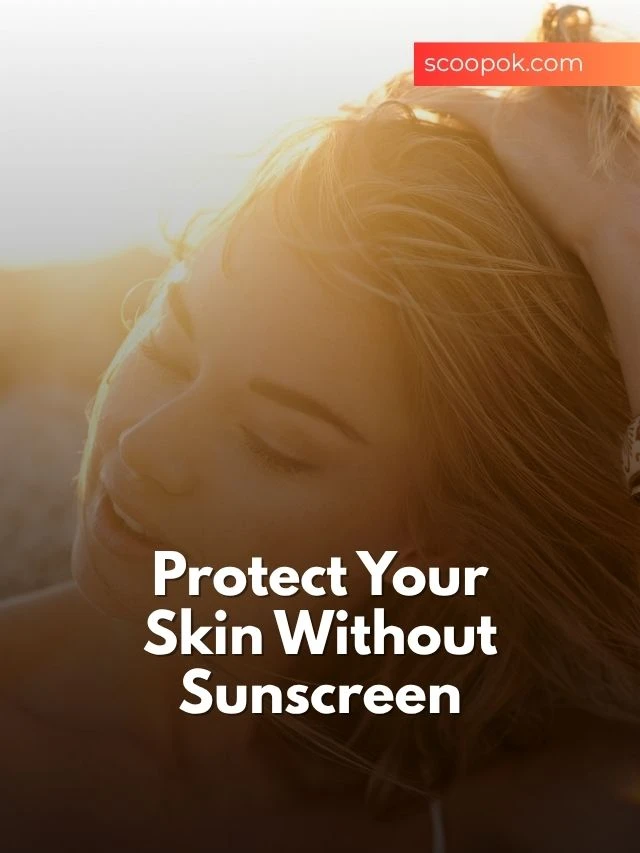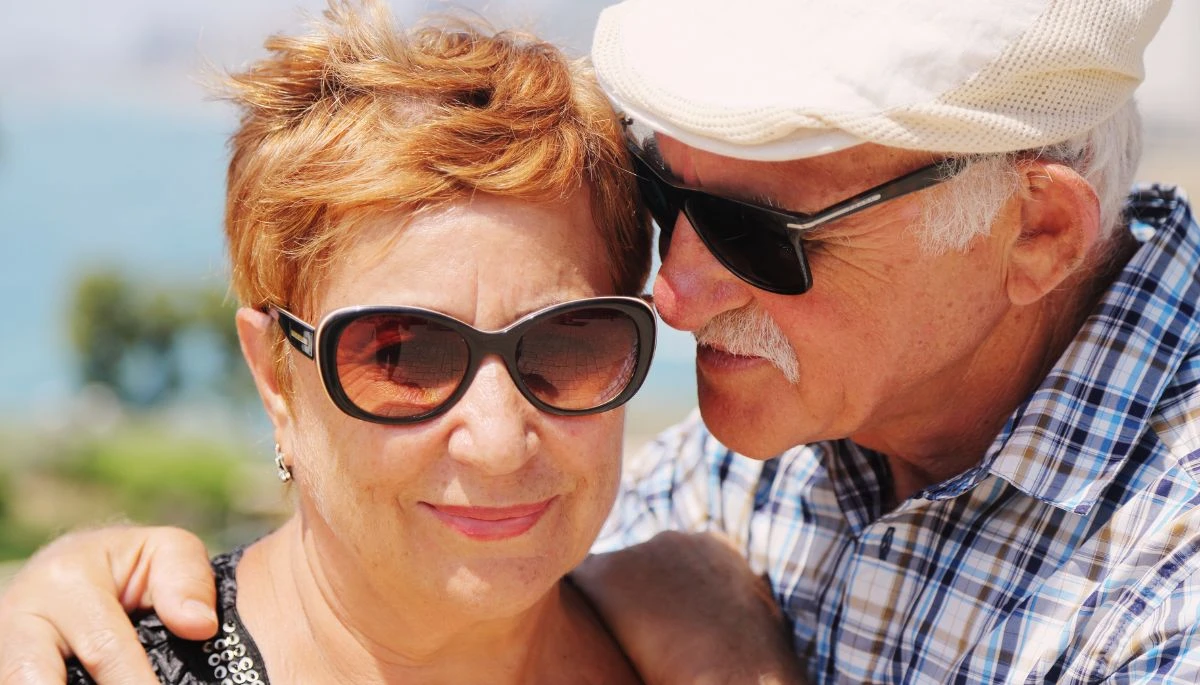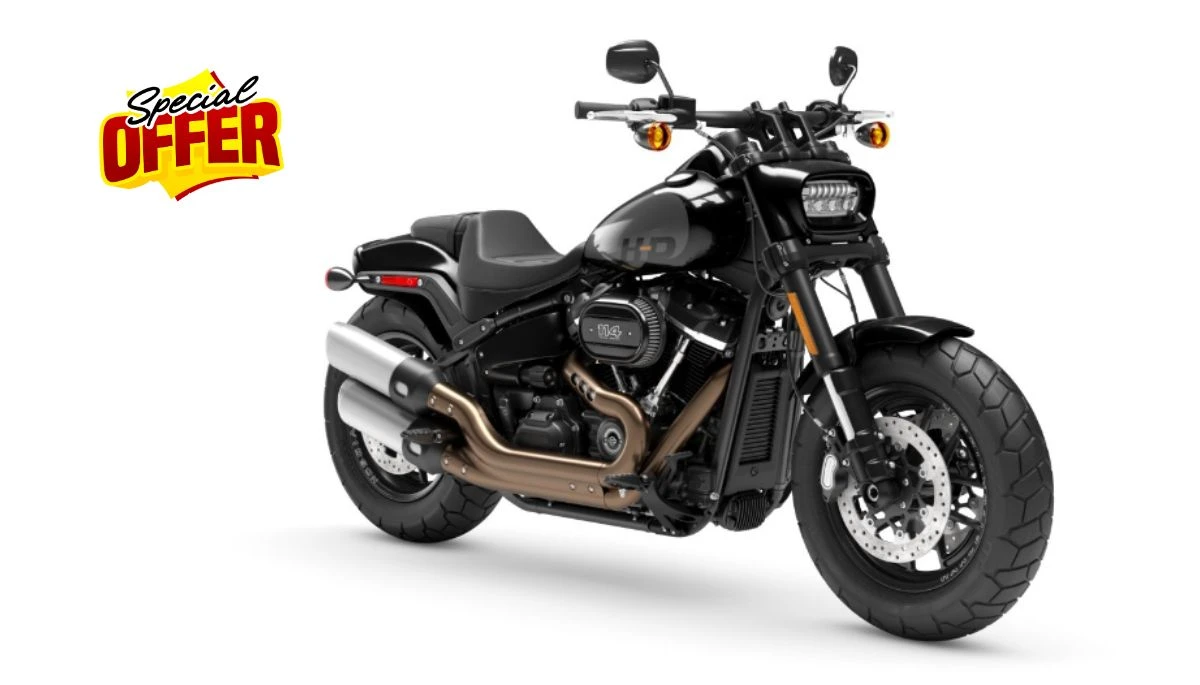Note: All content on this website is thoughtfully created using advanced AI tools and is carefully reviewed and verified by our team before publication. If you spot any errors, please contact us — we appreciate your feedback!
Ready for a sunny vacation but worried about UV damage? At ScoopOk, our team of dedicated writers and editors, passionate about health and travel, crafted this guide to help skin-conscious travelers and families protect their skin without chemicals.
Table of Contents
Using expert-backed research and real-world insights, we’ve compiled 10 natural, easy-to-follow methods to protect your skin from the sun’s harmful rays. Perfect for Star Wars fans hitting conventions or beachgoers, this article ensures you stay safe and glowing, backed by our commitment to accurate, trustworthy content.
Join ScoopOK Social for Update Private News Alerts!
Key Points:
- Use clothing, shade, and timing to shield your skin naturally.
- Diet and hydration boost your skin’s defense against UV rays.
- Safe sun habits work for everyone, including kids and travelers.
Why Natural Sun Protection Matters
Sun exposure can lead to sunburn, premature aging, and a higher risk of skin cancer, with over 5 million cases diagnosed yearly in the U.S., per the Skin Cancer Foundation. UV rays are strongest in summer, especially for travelers hitting sunny spots like beaches or deserts.
Natural protection methods are safe, eco-friendly, and ideal for those avoiding chemical sunscreens, including kids or sensitive skin types. Here’s how to stay safe without slathering on products.
How to Protect Your Skin from the Sun Naturally?

To protect your skin from the sun naturally, wear UPF 50+ clothing, wide-brimmed hats, and UV-protective sunglasses. Seek shade, avoid peak sun hours (10 a.m.-4 p.m.), and stay hydrated. Eat antioxidant-rich foods like berries and greens, use scarves for coverage, and teach kids sun safety habits.
10 Natural Ways to protect Your Skin from Sun
10 natural and effective ways to protect your skin from the sun’s harmful UV rays, All methods are explained below.

1. Wear Protective Clothing
Clothing is your first line of defense against UV rays. The right fabrics and styles can block harmful rays while keeping you cool.
Tips for Protective Clothing:
Join ScoopOK Social for Update Private News Alerts!
- Choose UPF Fabrics: Wear clothes with a UPF (Ultraviolet Protection Factor) rating of 50+, blocking 98% of UV rays.
- Opt for Long Sleeves: Lightweight, long-sleeve shirts or dresses in cotton or linen cover more skin.
- Dark or Bright Colors: Navy, red, or black absorb UV better than white or pastels.
Related Tip: For travel-friendly outfit ideas, check out 7 Clothing Mistakes to Avoid on Your European Summer Trip for stylish, sun-safe choices.
2. Use Wide-Brimmed Hats
Hats shield your face, neck, and ears—areas prone to sun damage. They’re a must for travelers and kids spending time outdoors.
Hat Tips:
- Wide Brims: Choose hats with at least a 3-inch brim for full coverage.
- Breathable Materials: Straw or cotton hats keep you cool in hot climates.
- Secure Fit: Pick hats with chin straps for windy beach days or hikes.
3. Seek Shade Whenever Possible
Staying out of direct sunlight is one of the easiest ways to protect your skin naturally, especially during peak UV hours.
Shade Strategies:
- Use Umbrellas or Canopies: Set up portable shade at beaches or parks.
- Stay Under Trees: Natural shade is perfect for picnics or walks.
- Avoid Peak Hours: Limit outdoor time between 10 a.m. and 4 p.m. when UV rays are strongest.
Related Insight: X posts from parents highlight using stroller canopies for kids, a tip also useful for travelers seeking shade on the go.
4. Wear UV-Protective Sunglasses
Your eyes need protection, too. UV exposure can harm vision, leading to cataracts or macular degeneration over time.
Sunglass Tips:
- 100% UV Protection: Look for labels stating UVA and UVB protection.
- Wraparound Styles: These block rays from the sides, ideal for outdoor adventures.
- Kid-Friendly Options: Choose soft, durable frames for children’s safety.
5. Time Your Outdoor Activities
Planning your day around the sun’s schedule reduces UV exposure. This is key for travelers exploring sunny destinations.
Timing Tips:
- Early Morning or Late Afternoon: Schedule hikes, beach trips, or tours before 10 a.m. or after 4 p.m.
- Check UV Index: Use apps like AccuWeather to avoid high-UV days (index of 6 or above).
- Short Bursts: Limit direct sun exposure to 15-20 minutes for sensitive skin.
6. Stay Hydrated for Skin Health
Drinking water keeps your skin hydrated, helping it repair and resist sun damage. Dehydration can make skin more vulnerable.
Hydration Tips:
- Drink Regularly: Aim for 8-10 cups of water daily, more in hot climates.
- Add Electrolytes: Coconut water or electrolyte packets help during sweaty travel days.
- Kid-Friendly Drinks: Offer kids water or diluted fruit juice to stay hydrated.
Related Tip: For more on healthy travel diets, see 7 Tasty Fruits for Diabetics for skin-friendly fruit choices.
7. Eat Antioxidant-Rich Foods
Certain foods boost your skin’s natural defenses against UV damage by fighting free radicals caused by sun exposure.
Top Foods for Skin Protection:
- Berries: Blueberries and strawberries are packed with antioxidants like vitamin C.
- Leafy Greens: Spinach and kale provide vitamin E, which supports skin repair.
- Nuts and Seeds: Almonds and sunflower seeds offer zinc and selenium for skin health.
External Resource: Learn more about antioxidant-rich diets at WebMD’s Guide to Skin-Protective Foods.
8. Use Natural Oils Sparingly
Some natural oils, like coconut or carrot seed oil, offer mild UV protection but should not replace other methods.
Oil Tips:
- Carrot Seed Oil: Has a natural SPF of 30-40 but requires dilution with a carrier oil.
- Coconut Oil: Offers low SPF (4-6) and moisturizes but isn’t enough alone.
- Patch Test: Always test oils on a small skin area to avoid irritation.
9. Cover Up with Scarves or Shawls
Lightweight scarves or shawls add extra coverage for shoulders and arms, perfect for travelers visiting sunny markets or beaches.
Scarf Tips:
- Breathable Fabrics: Choose cotton or linen for comfort in heat.
- Versatile Styles: Use as headscarves for added scalp protection.
- Kid-Friendly: Wrap kids in soft shawls for quick sun cover during outings.
10. Teach Kids Sun Safety Early
For families, teaching children sun safety habits builds lifelong protection. Kids’ skin is extra sensitive, like newborns, but they can learn simple tricks.
Sun Safety Facts for Children:
- Make It Fun: Turn hat-wearing or shade-seeking into a game.
- Lead by Example: Kids mimic parents, so model sun-safe behavior.
- Use Kid-Safe Gear: Opt for UPF clothing and sunglasses designed for children.
Related Insight: For newborn-specific sun protection, check out What Sunscreen Is Safe for Newborns for tips on sensitive skin care.
Sun Protection at a Glance
| Method | Benefits | Best For |
|---|---|---|
| UPF Clothing | Blocks 98% of UV rays | Travelers, kids |
| Wide-Brimmed Hats | Shields face, neck | Beachgoers, hikers |
| Shade | Reduces direct exposure | Picnics, outdoor events |
| Sunglasses | Protects eyes from UV | All ages, outdoor sports |
| Timing Activities | Avoids peak UV hours | Vacationers, families |
Common Mistakes to Avoid
To maximize natural sun protection, steer clear of these pitfalls:
- Skipping Shade: Relying only on clothing leaves skin exposed during long outings.
- Ignoring Diet: Poor nutrition weakens skin’s natural defenses.
- Overusing Oils: Natural oils alone don’t provide enough UV protection.
External Resource: For more on UV risks, see Skin Cancer Foundation’s Sun Safety Tips.
Protect Your Skin From The Sun FAQ
Can natural sun protection prevent tanning completely?
No, it reduces tanning but doesn’t eliminate it. UPF clothing and shade minimize tan lines effectively.
Are there natural foods that act like sunscreen?
Foods like tomatoes (lycopene) and green tea (polyphenols) support skin health but don’t replace physical barriers.
How do I protect my scalp from the sun naturally?
Wear hats or use lightweight scarves; avoid oils directly on the scalp to prevent greasiness.
Is natural sun protection safe for sensitive skin?
Yes, methods like clothing and shade are gentler than chemical sunscreens for sensitive skin.
Can kids use natural oils for sun protection?
Avoid oils on kids under 6 months; for older kids, use diluted oils sparingly after a patch test.
Final Thoughts
Protecting your skin from the sun naturally is easy with the right habits. By wearing UPF clothing, seeking shade, timing outdoor activities, and eating antioxidant-rich foods, you can enjoy summer travels without harming your skin. These tips work for everyone, from vacationers to kids, ensuring safe fun in the sun. Stay hydrated, cover up, and teach children early to keep your skin glowing and healthy on every adventure.















